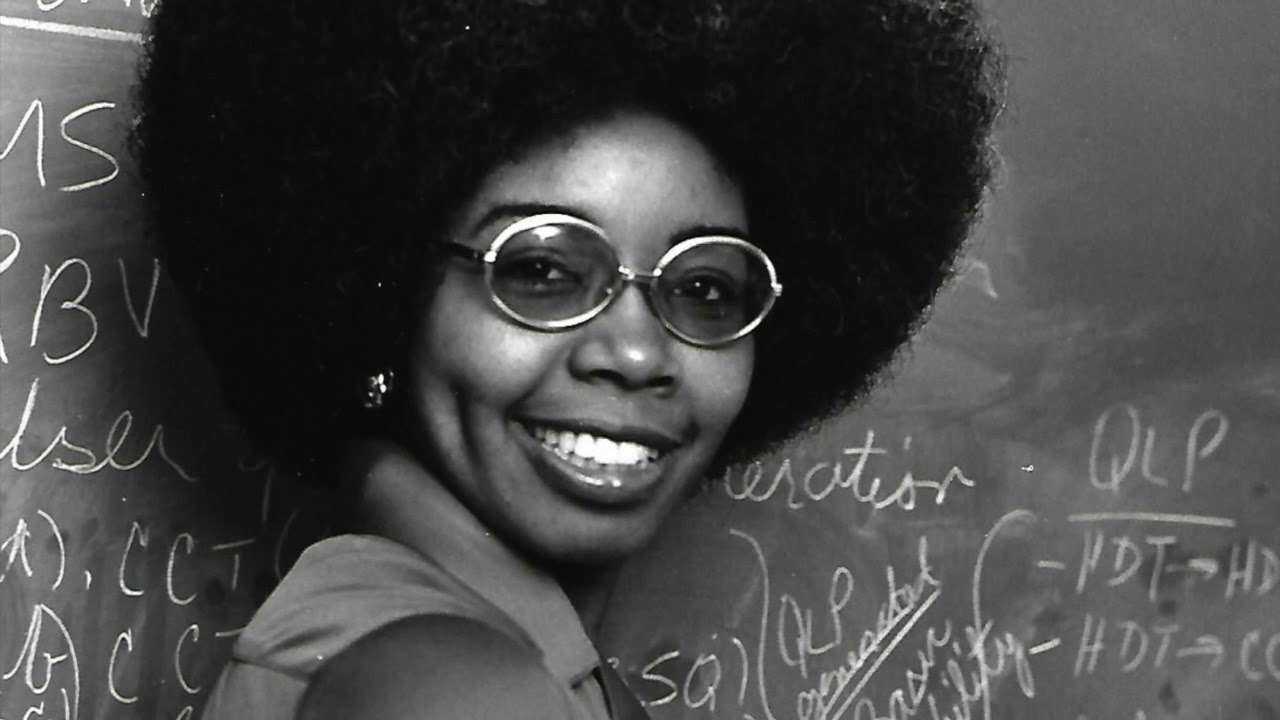BY KAHA G. – 14 YEARS OLD
As you may not know, my name is Valerie Thomas, someone so exceptional, that some people didn’t want me recognized for my brilliance. Now let me tell you a story about how my journey has positively impacted our world in ways you’ve never seen before.
My love for technology, science, and math started from a young age, but I find it interesting that no one encouraged me. Even my own father didn’t want to work on any projects with me, when he knew that I took after him. So, I took the situation into my own hands since no one was there to help me, but myself.
I checked out a book called “The Boy’s First Book On Electronics,” at the library, one of my beloved places, the only place that would help me without refusals. Delicate words on a page that make such an astronomical difference to someone’s world, a way to escape and do what you enjoy.
It’s an odd world we live in, for some reason it seems that boys are supposed to have real jobs, and girls are just left there in the dust to pick up their scraps when they drop it. For example, in toy ads for little children, boys get building toys, while girls get mermaid Barbie dolls. Why are our futures determined at such a young age? I don’t want to grow up to be a mermaid Barbie doll; I want to work for NASA.
After graduating from High School, I was finally given a chance to explore my interests at Morgan University, as I was one of two women that went there. Now that’s what I call change, giving someone the chance to prove them wrong.
When my years at Morgan were ending, I graduated with a degree in physics, and better yet NASA offered me a job! I’m officially a data analyst/mathematician; hard work really does pay off doesn’t it?
When the 1980’s rolled along, I had this burning thought that kept me up at night. To make an invention so crazy that future generations would be praising me for it, but the only problem was that I had to give it life. Although, I was going to make something new, it would without a doubt have to be with concave mirrors. I need to challenge myself, and see how they could be incorporated into my work at NASA.
In that case, I present to you the Illusion Transmitter, a device so astonishing that it gives you a new way of viewing the world. It creates an optical illusion, so not only would it look like the image is in front of you, but you can see all three sides. Isn’t that fascinating!
In all realness, my device was so exceptional that it’s used in surgeries, and television. That’s “two birds, one stone for you.” I’m especially proud of the patent I received, because of how my invention contributed to organization research hugely.
Look “All good things come to an end,” said Geoffrey Chaucer, but that doesn’t mean my legacy has to.
My retirement leaves me with the titles of Project Manager of the Space Physics Analysis Network and Associate Chief of the Space Science Data Operations Office. Quite a mouthful to say, but it represents all of my perseverance and dedication to prove that my love for something can be brought to great measures.

